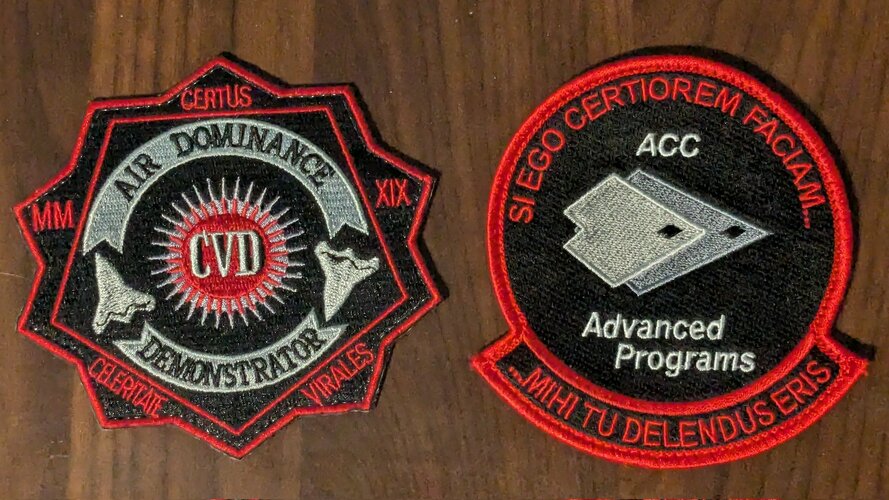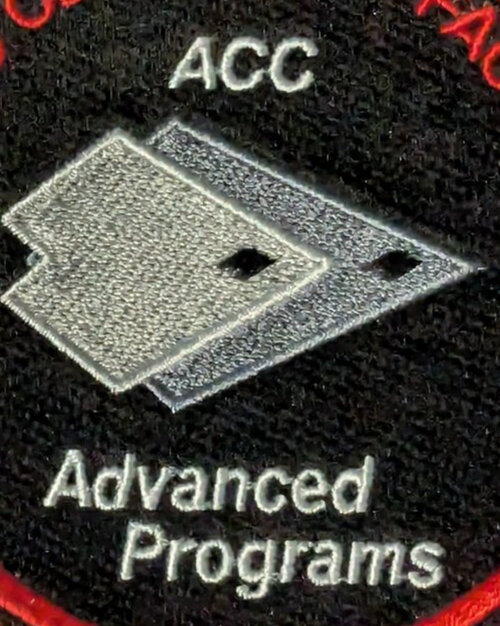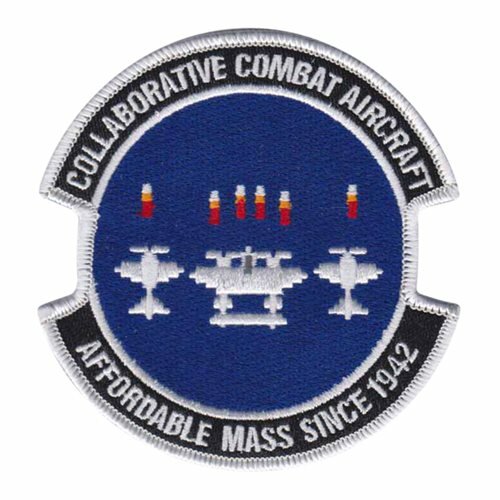It isn't going to be only subsonic. It's still going to be a fleet defender which means it will be supersonic capable. I expect it to have new engines. I'm expecting something F414 sized or slightly larger using F119/F135 tech. Two of them, because the USN still prefers twin engines and you can get a lower side profile with twin engines. It will have afterburners, but it may still be able to supercruise in the fleet defender configuration, like many 4th gen aircraft are capable of. I expect it to have range better than a SH, but I don't know how much better. It certainly couldn't be worse, unless they are trying.
I think it will be SH sized, not F-14, due to trying to keep costs down. In five to ten years, maybe we'll know those answers.





